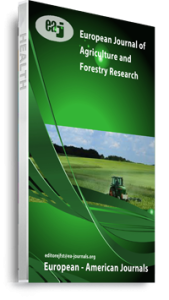The source and amount of nitrogen application at the right growth stage is important for malting barley producers to optimize yield and quality of barley. The objectives of the study were to determine the effects of different sources and levels of nitrogen on grain yield, nitrogen and kernel plumpness of malting barley. The experiment was conducted at Vaalharts Research Station and Taung Farmer’s Field in Northern Cape and North West Provinces of South Africa, respectively. Split split plot design was applied with main plot being four N sources and sub-plots were different levels of application (100, 125 and 150 kg ha –1). These were further divided into 100 and 66% applied as basal dressing while the remaining amounts of 34, 12 and 11% were applied as top-dressing. There was a significant difference (p>0.05) in the yield between Taung and Vaalharts localities where different N sources, nitrogen levels and split application were applied. Significant difference (p>0.05) was expressed within locality and within nitrogen sources on grain yield. Kernel plumpness significantly differed (p>0.05) between two localities and among different nitrogen sources. It is deduced from the findings that Urea be used at 66% basal dressing, 12% tillering, 11% stem elongation and 11% at heading stages to optimize malting barley yield and quality.
Keywords: Grain Nitrogen, Kernel Plumpness., Malting Barley, Nitrogen Sources

